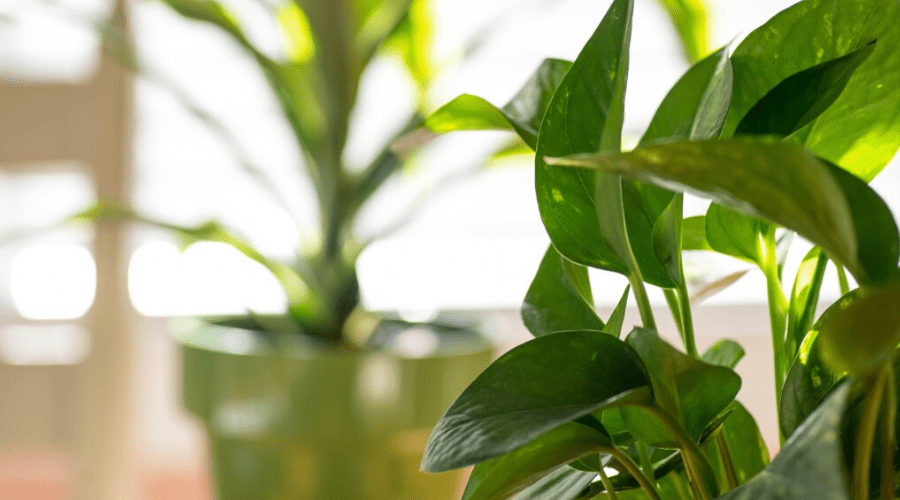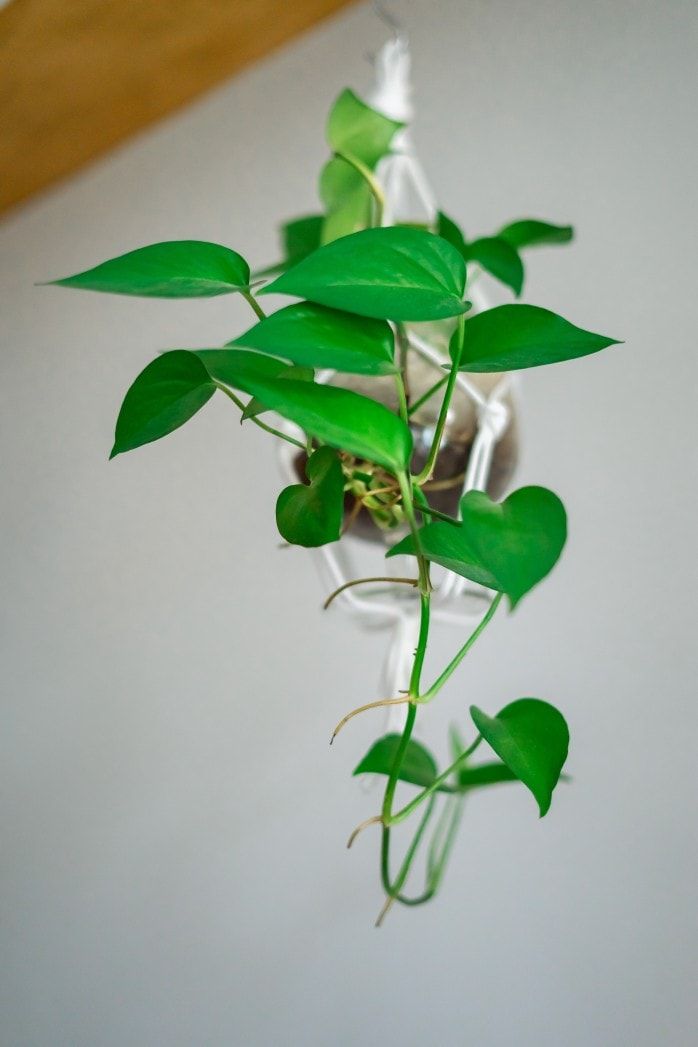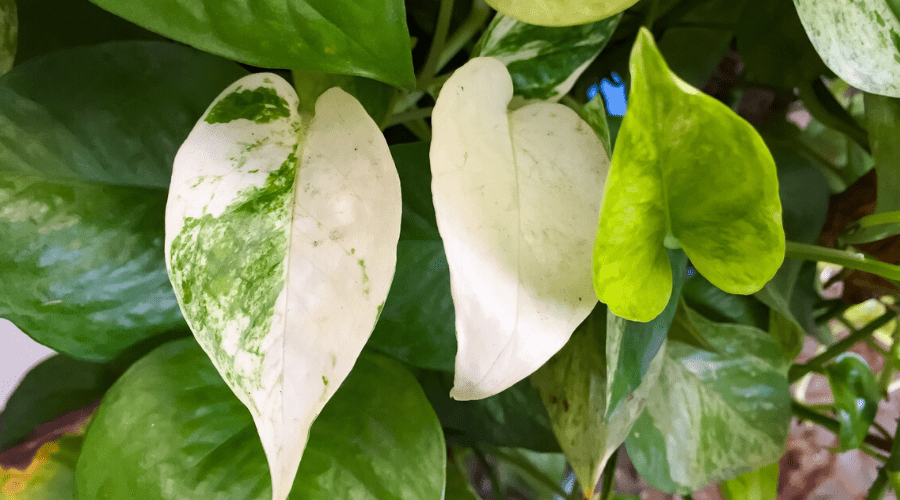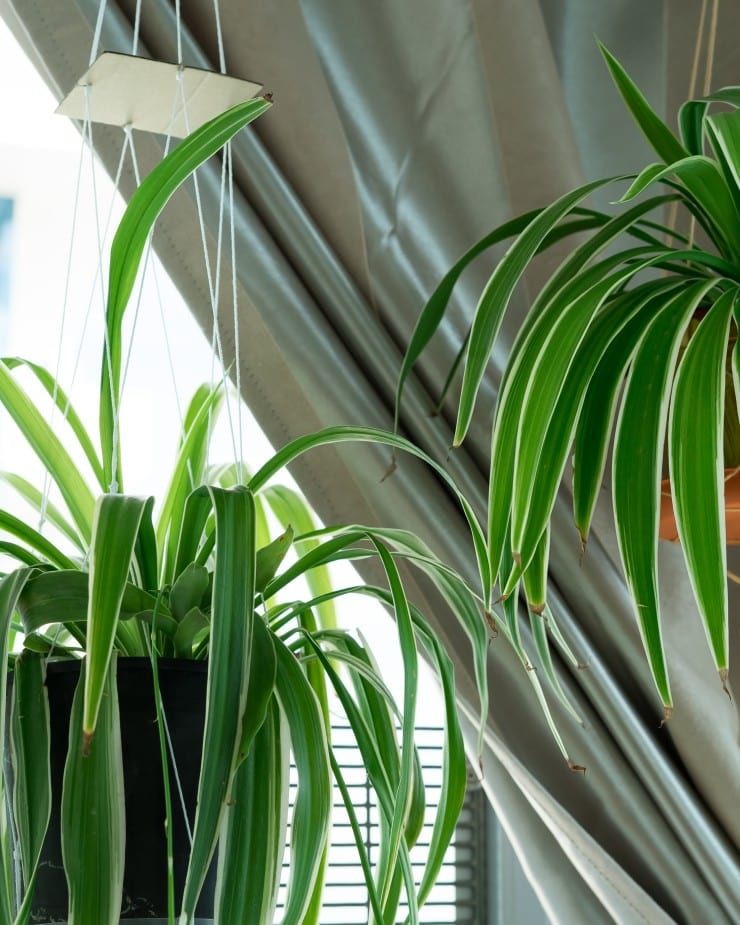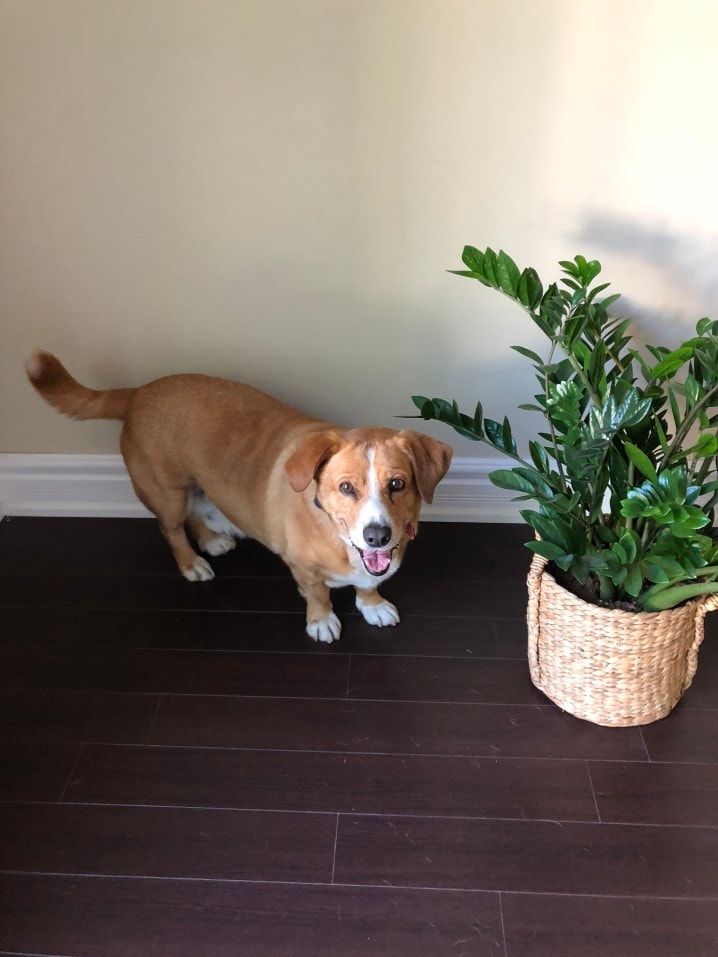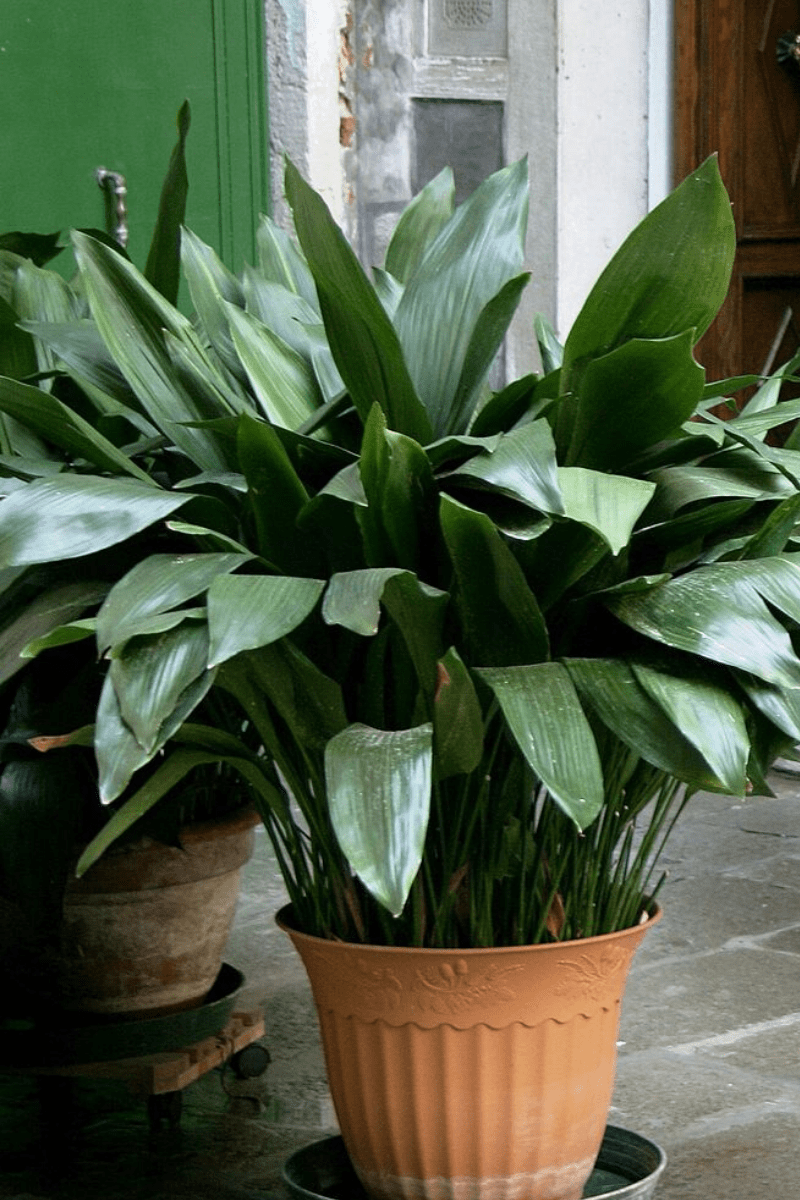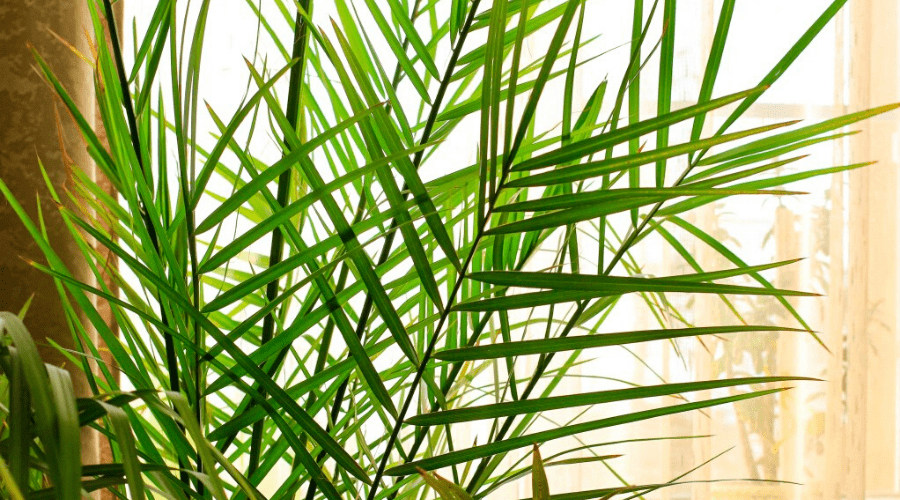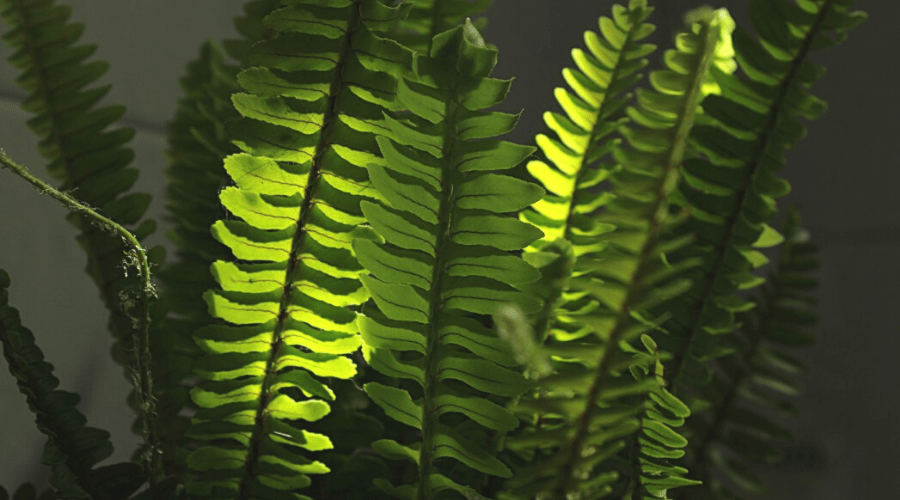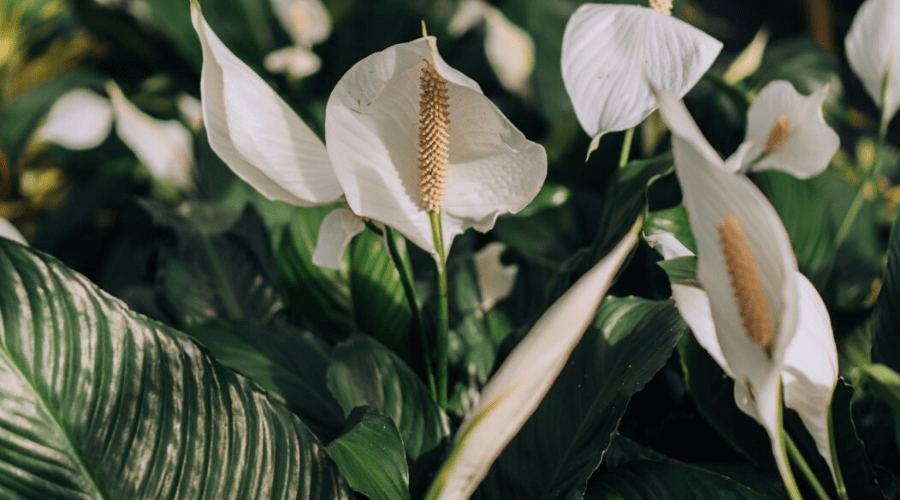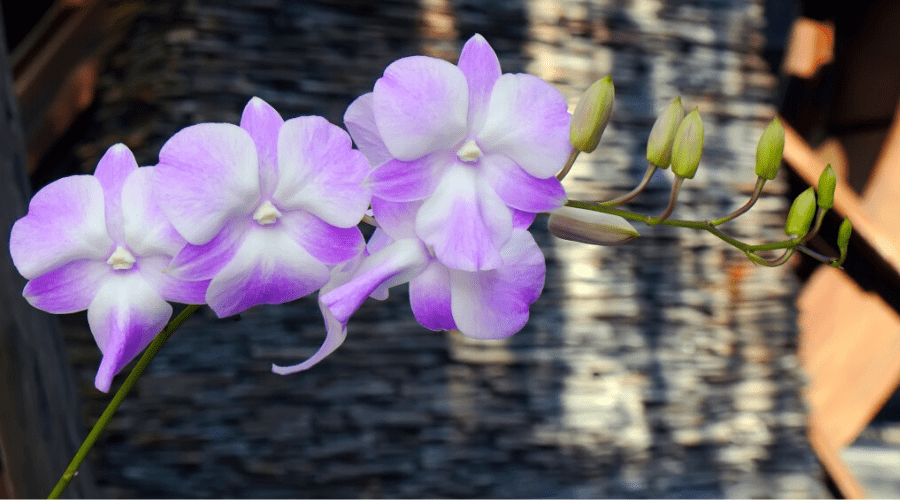It is a well-known fact that plants need light to survive and thrive. Photosynthesis is a process that helps plants grow, and this process doesn’t exist without light shining on the plant. However, there are people with limitations when it comes to the amount of light they can provide on a daily basis for their plants, so a question naturally arises: are there any indoor plants that can grow in low light? Yes, and we're going to show you which ones.
Best Low-Light Houseplants for Hanging Containers
Philodendron
This is perhaps one of the easiest plants to grow in a low light environment because it can thrive just as well in dark corners of your home. Philodendron is often used as a hanging plant, with pots hanging from the ceiling and creating a very nature-oriented decor into any room it is placed.
It is a plant that’s easy to grow also because it will always tell you what it needs if you pay attention to the signs. For example, you can touch the pot soil and if it’s dry, you can proceed with watering the plant. Since the sun’s rays don’t actually have to touch the foliage, you can place it near windows and out of indirect light.
One of the major benefits of growing a philodendron plant is the fact that it acts as a powerful air purifier. It can successfully remove harmful chemicals from the air, with formaldehyde being the one its most efficient against.
There are a lot of different philodendron varieties that you can grow indoors. You can buy live plants and all you have to do is continue to care for them. Or, if you would prefer to start from the ground up, so to speak, purchasing seeds, soil, fertilizer and a planter (or better yet, repurpose something else into a planter to reduce waste and save money!), and proceed to plant and grow the philodendron yourself. But the easiest way to get a philodendron in your home is to know a person who is willing to give you a cutting of their philodendron. The plant propagates readily in water and can then be planted (with a little root hormone, if you like) into soil once it has plenty of healthy roots that are 4 to 6 inches long.
Pothos
Pothos is another indoor plant that can thrive in low or indirect light. For those with no untrained eye, the pothos plant can be very similar to the philodendron. Both of these plants do share a series of similarities, including the fact that they can both be trained on a trellis.
This is a very low-maintenance plant and an excellent one for beginners because you don’t have to go through a complicated grow and care process to keep the plant healthy. It is also a plant that helps purify the air inside the house, being capable of removing pollutants such as carbon monoxide, toluene, and benzene. It can also help increase humidity and you can train it to grow on just about anything.
Pothos is a plant that’s also quite inexpensive, and you can buy a live plant online or even in some grocery or supercenters. Because pothos is a flowering plant that rarely flowers in the wild, it is grown from tissue culture or cuttings and then propagated.
Spider Plants
Even if you’re afraid of spiders, having a spider plant is actually a great idea for a multitude of reasons. Because it has many runners and baby plants at its tips, the plant is actually a rich companion that grows well in low or indirect light.
Spider plants aren’t really demanding in terms of what they need to grow. They require a well-drained soil potting mix, are fans of even moisture, they have a rather quick growth process, and require moderate watering.
The spider plant offers a number of benefits that seem to be backed by science, such as the fact that they can provide faster recovery for surgery patients because it reduces pain, anxiety, and fatigue. The plant is also safe to be around pets, unlike plenty of other succulents and houseplants that typically contain toxins which can poison animals. As you can imagine, the spider plant is also keen on removing harmful chemicals from the air, like xylene, formaldehyde, or carbon monoxide.
Spider plants require pollination in order to produce seeds. You can do this yourself, by brushing a cotton swab against different flowers or leaving them outside for natural pollination. You need to know that spider plant seeds aren’t good when stored for long, so you will have to plant them immediately.
Easy-Care Low-Light Houseplants for Beginners
ZZ Plant
If you want a plant that doesn’t mind being in a dark corner and can stay without water for a few days, the ZZ plant is the right choice for you. It has become popular not only for its low light requirements, but also because it grows upright stems with beautiful shiny leaves and it makes one super decoration plant.
Because it is super easy to care for, the ZZ plant has rapidly made the list for some of the best houseplants for beginners. It does really well in just about any well-drained potting soil and you can use any balanced fertilizer.
It also comes with a series of benefits that make the ZZ plant a great options for both homes and offices, such as the fact that it can purify air by absorbing toxins, it can improve cognitive function, and it is the kind of plant that you can get away it even when watering once per month.
In order to grow ZZ plants, you have to propagate them. They have thick rhizomes that have the role of storing water (which is why the plant does a very good job in surviving for so long without you having to water it) which can be replanted whenever you want to propagate the plant. You can also remove a cutting of two leaves and a small portion of the stem to regrow it.
Cast Iron Plant
The cast iron plant is yet another perfect example that you don’t need a lot of light to grow a plant (in other words, you have no more excuses to avoid having plants at home). It is often the plant that can be grown in environments where everything else fails. Even if they do need the occasional watering, they are drought-tolerant plants and they are not pretentious when it comes to soil or temperature either.
As with the other plants that do well in low light conditions, the cast iron plant is also known for its ability to purify air, cleaning out toxins such as formaldehyde and benzene.
A very important thing that you need to know is that the cast iron plant will multiply by propagation, so you might want to consider buying it from a nursery. Starting a new plant is a process as simple as taking a rhizome piece with at least two leaves and potting it into fresh soil.
Best Low-Light Large Plants
Palms
The good news about palms is that there are so many different varieties that can thrive in low light conditions, it’s just a matter of picking those that you like the best. For example, the ponytail palm is one of the most common choices out there because it really is an indestructible plant. It can store water in its base that feeds the plant even when you’re away on a longer vacation.
Just like the other plants that we’ve previously mentioned, the ponytail palm does a great job in purifying the air, not to mention that it is a plant that doesn’t really require that much attention or special conditions to grow.
Unlike the other plants we’ve spoken of so far, ponytail palm can actually be grown from seeds. It’s true that division is a much quicker growth process, but there is a high chance that the offsets won’t root, so seed growth is more of a fool-proof method. If you properly soak the seeds, you have really good chances of fast germination.
When you’re growing ponytail palm from seeds, make sure that you choose gritty soil, with a mixture of sand, peat, and sterile soil. The best pots are three-inch containers that allow the seedling to thrive without too much disturbance. Also, note that placing heat under the container can actually cause the seeds to germinate faster.
Boston Fern
The Boston fern is an indoor plant that enjoys partial shade, so you can grow it even if you don’t place it under direct sunlight all the time. When planted in urns or baskets, the Boston fern will give you an amazing sight, with bright green leaves and arching fronds that bring beautiful nature-like colors inside.
Much like other low-light plants, Boston fern is really great at keeping the air inside your house fresh. It can help get rid of pollutants such as toluene, formaldehyde, xylene, and others.
It is a plant that’s really easy to care for because it can thrive in indirect light. It can also survive occasional cold periods for a few hours, but they mostly require temperatures between 60 and 75 degrees. Probably the only high-maintenance thing about the Boston fern plant is the fact that it needs humidity above 80 percent, but misting can help a lot in this aspect.
One of the easiest ways to adorn your home with the beautiful Boston fern is to buy them from nurseries. A single plant isn’t at all expensive, and you can choose packs with multiple plants in case you want to gift them or spread them around your home.
Low-Light Flowering Indoor Plants
Peace Lily
The peace lily is a bit different compared to the other plants we’ve talked about today but it is still a plant that thrives in low or indirect sunlight. The plant itself isn’t very complicated to grow, but there are a few tricks that will help you get a head start. For instance, the plant is sensitive to certain chemicals that are found in tap water, so filtered water is a much better choice.
Because it loves humidity, you might want to consider having the container stay on top of a moistened gravel tray. They aren’t very picky in terms of fertilizer and they love temperatures above 60 degrees.
The peace lily is another plant that we can add to the “natural indoor air purifier” list, as it keeps away harmful gases and VOCs. Because it loves humidity and will absorb it, it can actually be a wonderful bathroom plant. By absorbing the moisture in the air, peace lilies can prevent the formation of mold and mildew. Even more, if you place the plant in a room with mold spores, it can actually absorb them.
One of the best ways to grow your own peace lilies is through propagation, but there are chances of seeds growing around its central spike. Should this occur, these seeds can be harvested and planted. You can also buy fully grown peace lilies and just care for them.
Moth Orchid
The moth orchid is a gorgeous flower that can grow in low light conditions or indirect light. The flowers have the most amazing and vivid colors and they can decorate any household with their beauty.
As you can imagine, the moth orchid is yet another plant that successfully removes VOCs, making it not just a good air purifying plant, but also one of the best-looking one out there. However, lots of people choose to grow moth orchids because of their beautiful color variety and the fact that they aren’t picky flowers at all.
As far as the ease of growth is concerned, moth orchids require medium humidity levels and are happy when kept in warm temperatures. It’s important to know that if the plant exceeds 12 inches in height, it might require support to avoid the flower from bending and breaking.
Moth orchids can grow from seeds and the germination process isn’t that complicated and can be successful if you carefully follow the instructions. If you want seed germination to be successful, you will have to combine the seeds with a well-draining medium rich in mycorrhizal fungi.
Conclusion
As you can see, there are plenty of plants that can grow in low light conditions, with most of them just requiring shade or well-lit rooms without the need for direct sunlight exposure. Most of these plants are perfect for beginners not just because they don’t need too much light, but also because they aren’t pretentious in other aspects either.
For instance, most of them don’t require frequent watering and don’t demand any sort of complicated fertilizer. They are also great for purifying air, some of them will absorb humidity, but what they all do is make your house more beautiful and provide satisfaction to the homeowner.

